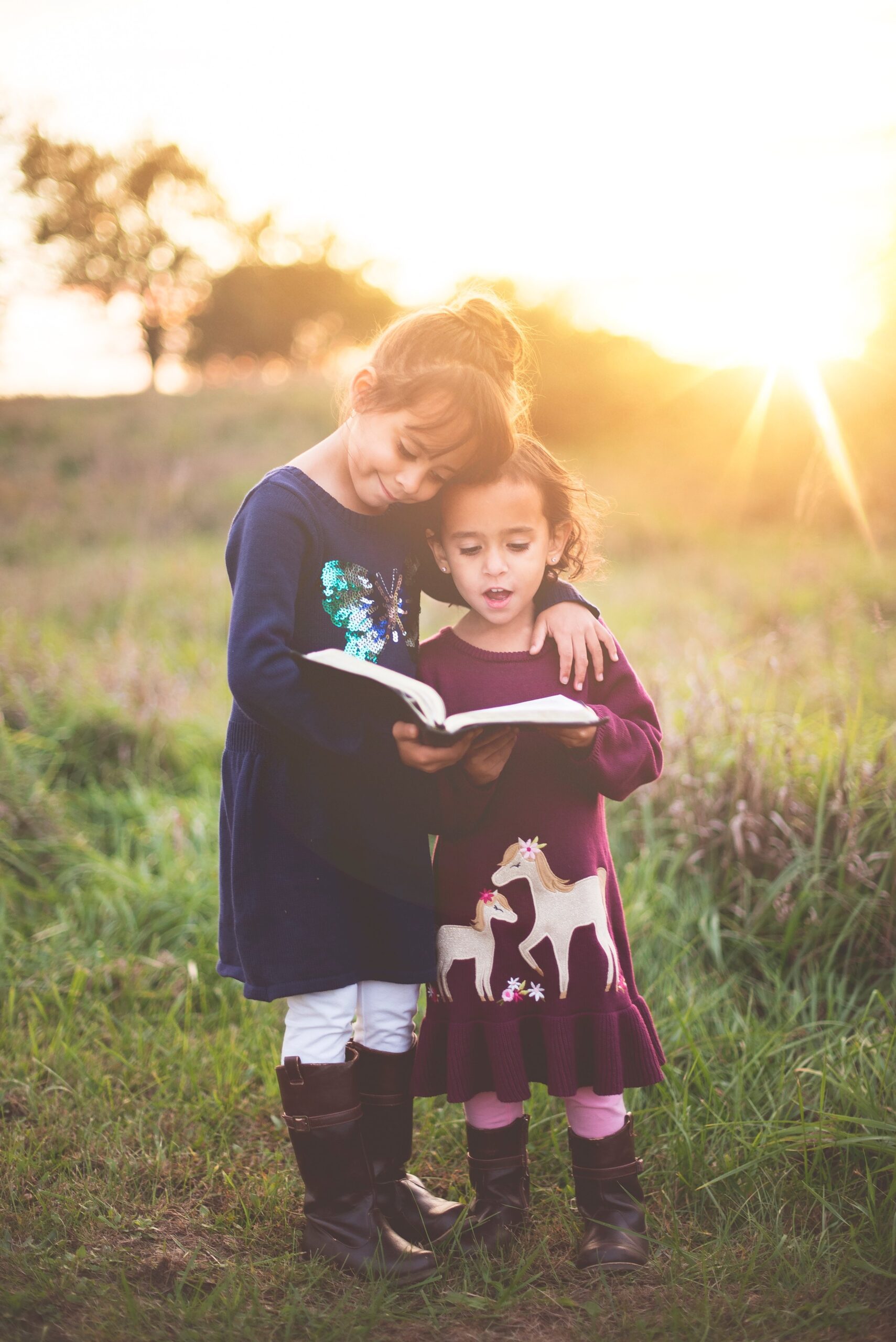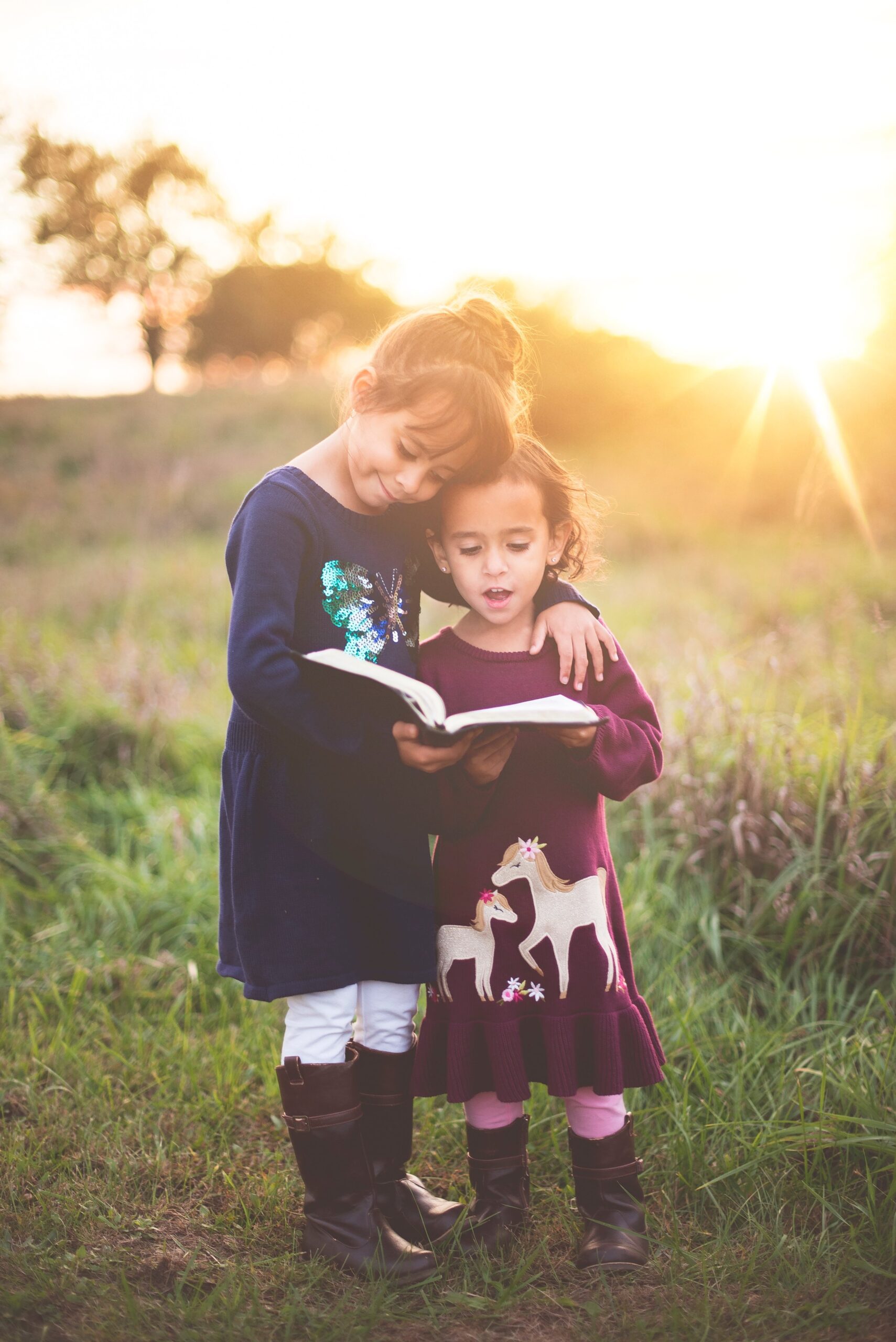John Bowlby (1907-1990) was a British child psychiatrist and psychoanalyst, known for his theory on attachment.
Bowlby found that attachments with the primary caregiver usually develop during the first 18 months of the child’s life. This includes instinctual habits, such as crying and clinging. Once children reach the toddler stage, they will form an internal working model, which means they already have frameworks and beliefs about their own self-worth and how much they can depend on others to meet their needs.
His research identified many behaviors that relates to a child’s attachment style. There is evidence of the following connections/types of attachment styles:
1) Secure Attachment
Children who develop a secure attachment style are generally more likely to see others as supportive and helpful, while they find themselves competent and worthy of respect. This helps them to relate positively to others, display resilience, engage in complex play, and have more successful interactions with peers. They tend to be better at seeing others’ perspectives and put more trust in others.
2) Anxious-Avoidant Attachment
Children with an anxious-avoidant attachment have more trouble when it comes to managing stressful situations. It can be difficult for them to form satisfying relationships with others because they tend to withdraw and resist seeking help from others. It is common for them to display aggressive and antisocial behavior, such as lying or bullying. The reason they want to distance themselves from others is to reduce emotional stress.
3) Anxious-Resistant Attachment
Anxious-resistant children are on the opposite spectrum from anxious-avoidant children. They tend to lack self-confidence and stay close to their primary caregivers. They display exaggerated emotional reactions and keep their distance from peers, which usually leads to social isolation.
4) Disorganized Attachment
Children who develop a disorganized attachment style usually fail to develop an organized strategy for coping with separation distress, display aggression, engage in disruptive behaviors, and socially isolate. They tend to see others as threats rather than sources of support. They switch between social withdrawal and defensively aggressive behavior.
It is shown that certain attachment styles in childhood tends to lead to relationship problems as adults. (read more here)

